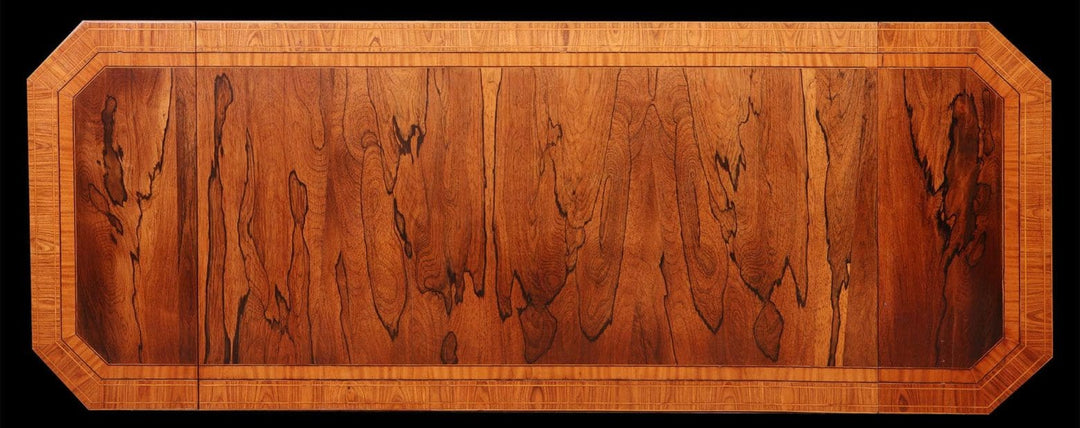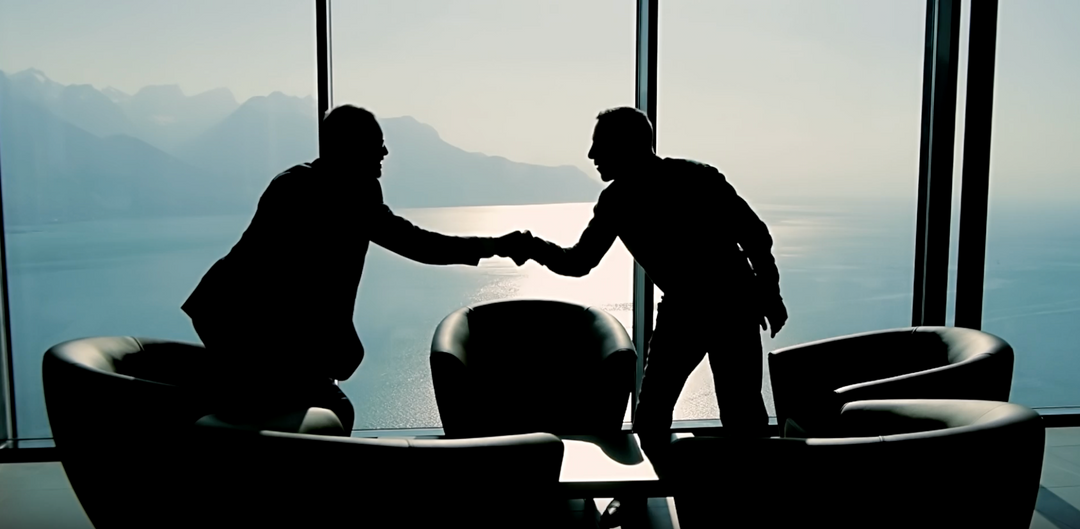Gouache
0 products
Worldwide Shipping Available | Fully insured & expertly packed
Worldwide Shipping Available | Fully insured & expertly packed call +1-227-265-2128
Antiques with Integrity | Expertise. Provenance. Restoration. Presentation.
Antiques with Integrity | Expertise. Provenance. Restoration. Presentation.
Meet Nicholas Wells - schedule a private consultation. Book a Consultation
Sign up today and we'll send you a 10% discount code towards your first purchase.
0 products
Gouache is a type of paint that's similar to watercolor but is modified to make it opaque. The word "gouache" is derived from the Italian term "guazzo," which means "water paint, splash" or "body colour," reflecting the nature of the paint. It is made by adding a white pigment to watercolour paint, which gives it an opaque quality and a distinctive velvety matte finish.
The technique of using gouache dates back many centuries, and it has been a popular medium in various forms of art across different cultures. In the Western world, it was extensively used in creating miniature portraits in the Middle Ages, and later, in the 18th and 19th centuries, for landscape and architectural drawings.
The 18th and 19th centuries saw a resurgence of gouache in the decorative arts, particularly for designs on porcelain and other ceramics, where its opacity was advantageous. Moreover, because gouache dries quickly and allows for more direct handling than watercolour, it was often preferred by artists for sketches, studies, and illustrative work.
Gouache was also employed for colour enhancement in printmaking. Before the advent of colour printing, artists would use gouache to hand-colour prints, a technique that was prevalent in maps, architectural plans, and botanical illustrations.
Gouache also had applications beyond the realm of fine and decorative arts. In the early 20th century, it was a preferred medium in commercial art, used for creating bold, vibrant poster and advertising designs.
Gouache is a type of paint that's similar to watercolor but is modified to make it opaque. The word "gouache" is derived from the Italian term "guazzo," which means "water paint, splash" or "body colour," reflecting the nature of the paint. It is made by adding a white pigment to watercolour paint, which gives it an opaque quality and a distinctive velvety matte finish.
The technique of using gouache dates back many centuries, and it has been a popular medium in various forms of art across different cultures. In the Western world, it was extensively used in creating miniature portraits in the Middle Ages, and later, in the 18th and 19th centuries, for landscape and architectural drawings.
The 18th and 19th centuries saw a resurgence of gouache in the decorative arts, particularly for designs on porcelain and other ceramics, where its opacity was advantageous. Moreover, because gouache dries quickly and allows for more direct handling than watercolour, it was often preferred by artists for sketches, studies, and illustrative work.
Gouache was also employed for colour enhancement in printmaking. Before the advent of colour printing, artists would use gouache to hand-colour prints, a technique that was prevalent in maps, architectural plans, and botanical illustrations.
Gouache also had applications beyond the realm of fine and decorative arts. In the early 20th century, it was a preferred medium in commercial art, used for creating bold, vibrant poster and advertising designs.

This month we have 10% off the Regency Collection - checkout code REG10

Introduce someone to Nicholas Wells Antiques—when they make a purchase of £10,000 or more, they will benefit form £500 off and you'll receive £500 credit toward your next purchase over £5,000.
A gesture of thanks, from one collector to another.
Subscribe today to be the first to know



